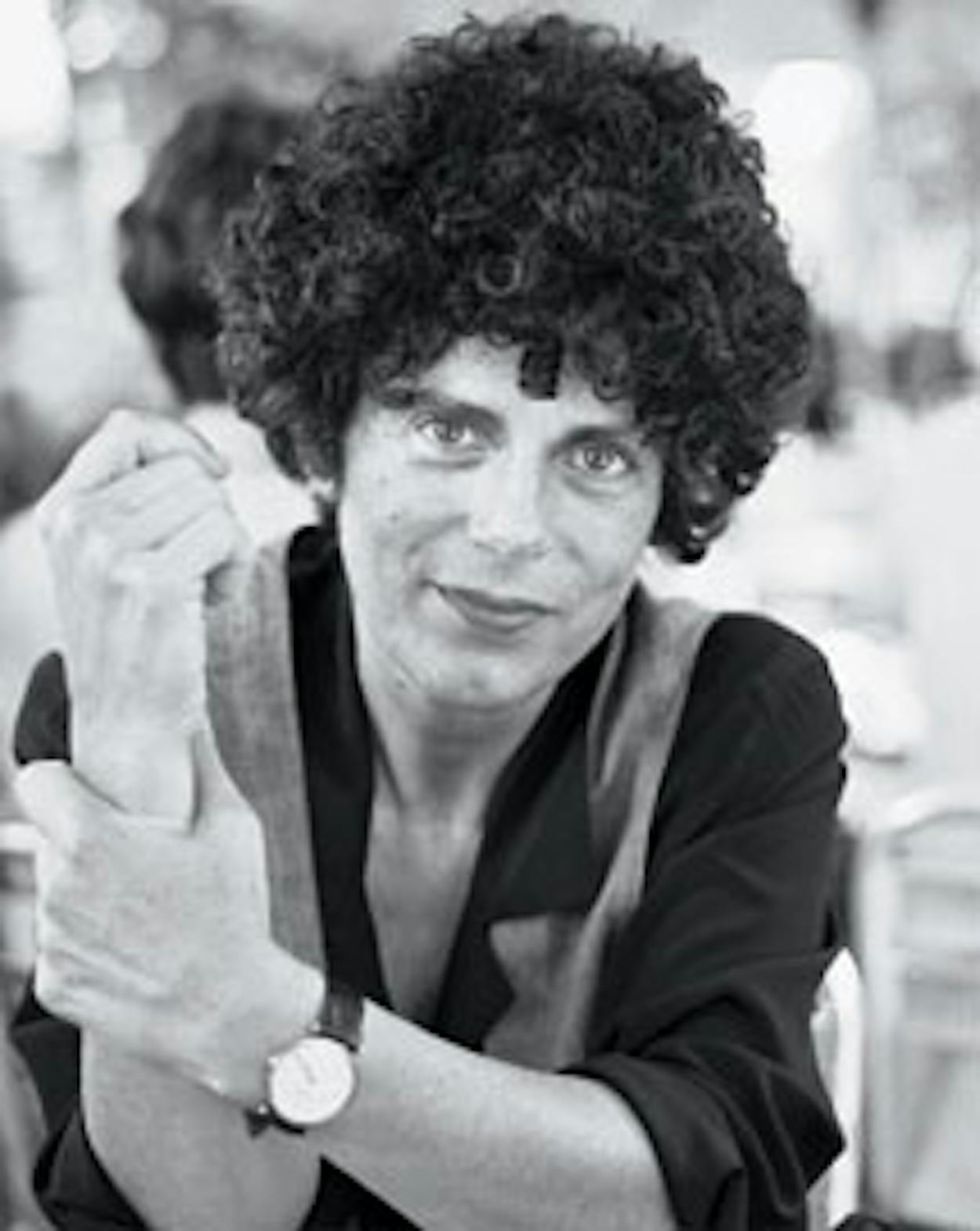The award-winning dramatist (Signs of Life: Six Comedies of Menace) looks to the Texas roots of novelist Patricia Highsmith to explain the traits and compulsions that informed her life. In The Talented Miss Highsmith, she explores the crime writer’s journals and love letters to reveal a complex and erratic individual who created brilliantly suspenseful fiction but was never comfortable in her own skin. Schenkar lives and writes in Paris and New York.
Tell us about the birth and childhood of Patricia Highsmith. Like everything else about Pat, her birth, on January 19, 1921, in her grandmother’s boardinghouse in Fort Worth, was unusual. As Pat liked to say, she was “born out of wedlock but legitimate”: Her mother, Mary Coates, had divorced her father, Jay B. Plangman, nine days before she was born. Mary, a flamboyant artist and illustrator, then took off for Chicago to look for work. Pat’s grandmother, Willie Mae Stewart Coates, cared for the infant, and her ironclad Southern Calvinist principles found expression in the spiritual rebellions and odd, intense pieties that would trouble Pat the rest of her life. When Pat was four, Mary married Stanley Highsmith, and Pat was devastated: She never forgave the man who was her rival for Mary’s affections. Mary and Stanley went to Manhattan to seek their fortunes, and Pat remained with Willie Mae until she was six—and she always said that by that age most things about her had been decided.
How had she changed by the time she graduated from Barnard College, in 1942? Pat went to Barnard with the determination to be a writer. It was there that she started her writer’s notebooks and the astonishingly frank diaries she kept all her life, and she wrote short stories so extreme that the best one, “The Heroine,” was rejected by Barnard’s literary magazine as too disturbing. By her junior year, affairs—platonic and otherwise—with older women who introduced her into the publishing and art worlds of Manhattan proliferated, and she began her lifelong habit of drinking heavily. But by the time she graduated, her essential strangeness had put off all the upscale magazines she’d hoped to write for. She took a job she would later refuse to admit to: a seven-year secret career as the most frequently employed female scriptwriter for comics during the golden age of American comic books. This would influence the literary theme for which she became famous, the alter ego.
So what launched her career? The launch of a writing career involves a confluence of events, ambitions, and luck. The writer has usually been working away alone—and Highsmith was eloquent about the struggles she underwent at her desk—for years. But she came out of the gate at a dash: Her first published novel, [1950’s] Strangers on a Train, was made into a film by Alfred Hitchcock [in 1951].
Were her crime themes and deviant characters considered outrageous for the times? There were women writers before Highsmith who created “criminal-heroes” who were at least as twisted as Highsmith’s Tom Ripley, for example. But no one—and this was part of her genius—had ever let the criminal get away with the crime before. There has really never been another imagination remotely like hers.
Will her novels become part of the American literary canon? In short, yes. In long, it has taken the slow wearing away of the walls between high culture and popular culture to focus serious critical attention on her work. She will never be universally embraced—she’s much too strange for that—but for people who like their pleasures mixed with a dollop of darkness and the salt of extremity, there’s no one quite like her. St. Martin’s, $35
Read an Excerpt and Buy The Talented Miss Highsmith at BookPeople.com.







